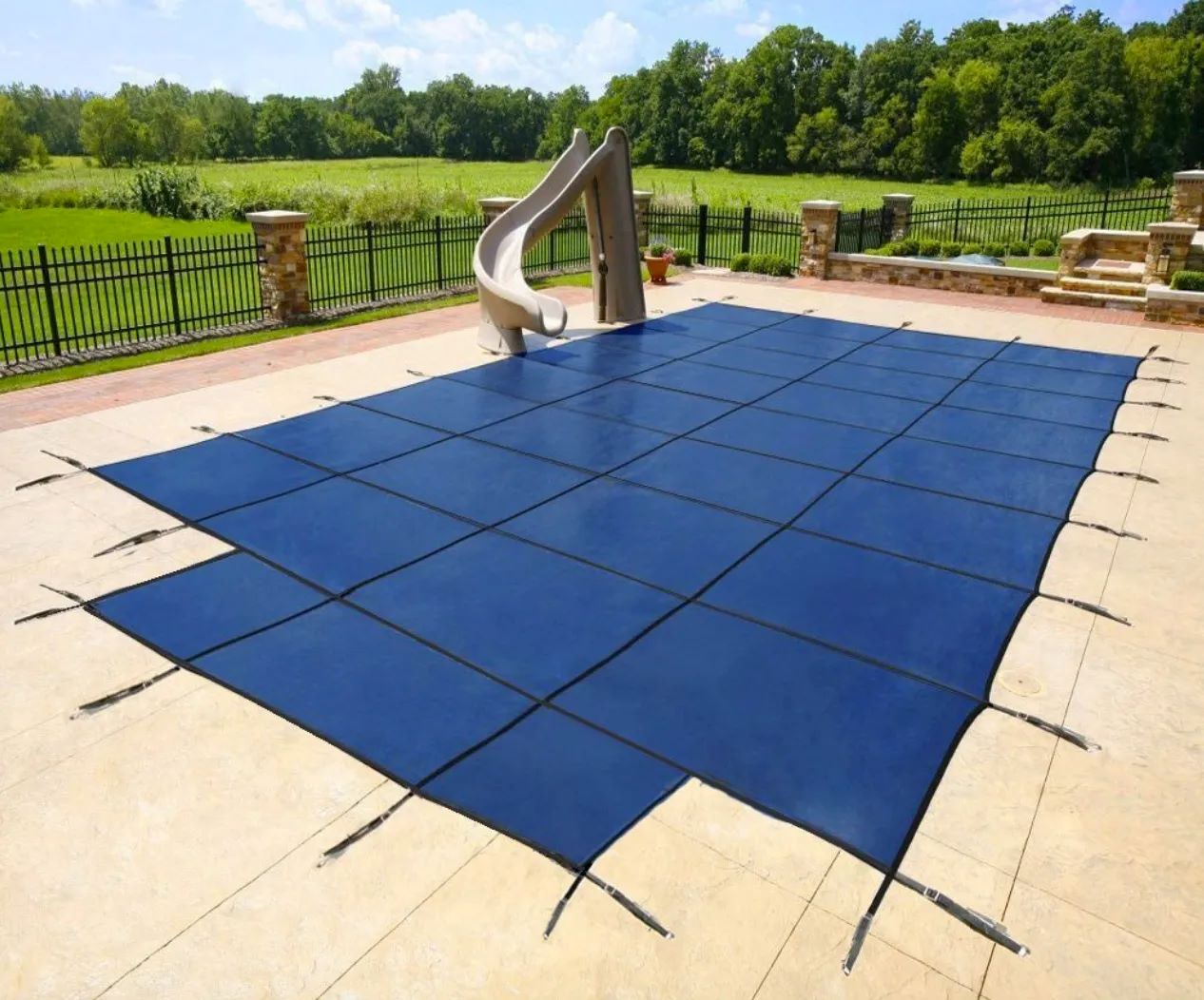

Articles
How To Store A Pool Cover
Modified: January 6, 2024
Learn how to properly store your pool cover with our informative articles. Keep your cover in top condition for years to come.
(Many of the links in this article redirect to a specific reviewed product. Your purchase of these products through affiliate links helps to generate commission for Storables.com, at no extra cost. Learn more)
Introduction
Having a pool cover is an essential accessory for pool owners. It helps to keep the pool clean, reduces evaporation, and provides safety by preventing accidental falls. However, proper storage of the pool cover is equally important to maintain its effectiveness and prolong its lifespan.
In this article, we will discuss the importance of storing a pool cover properly and provide a step-by-step guide to help you through the process. By following these guidelines, you can ensure that your pool cover remains in good condition, making it ready for use whenever you need it.
So, let’s dive in and discover the best practices for storing a pool cover!
Key Takeaways:
- Properly storing your pool cover is essential for protecting it from damage, extending its lifespan, and ensuring easy installation. Follow the step-by-step guide to maintain a clean, hygienic, and well-preserved pool cover for years to come.
- By following the additional tips for long-term storage, you can go the extra mile in preserving the quality and longevity of your pool cover. Proper care and maintenance will pay off when it’s time to uncover the pool and enjoy a clean and well-protected swimming area.
Read more: How To Store Pool Cover
Why is it important to store a pool cover properly?
Properly storing a pool cover is essential to maintain its functionality and extend its lifespan. Here are a few reasons why it is important to store a pool cover properly:
- Protection from damage: Storing your pool cover properly helps protect it from damage caused by harsh weather conditions, such as UV rays, extreme temperatures, and strong winds. By keeping it stored in a safe location, you can ensure that it remains intact and continues to serve its purpose effectively.
- Prolonged lifespan: A well-maintained and properly stored pool cover can have a significantly longer lifespan compared to one that is neglected. Storing it correctly helps prevent unnecessary wear and tear, reducing the risk of tears, rips, and deterioration. This will save you money in the long run by avoiding the need for frequent replacements.
- Easy installation: By storing the pool cover properly, you can keep it neatly folded or rolled, making it easier to install when the time comes. Proper storage ensures that the cover remains in good shape and free from creases, making the installation process smoother and more efficient.
- Reduced maintenance: A properly stored pool cover is less likely to accumulate dirt, leaves, and debris. This means less time and effort spent on cleaning and maintenance. By keeping the cover clean during storage, you can minimize the amount of cleaning required when it’s time to use it again.
- Clean and hygienic: Storing the pool cover properly helps prevent the growth of mold, mildew, and bacteria. These can thrive in damp and dirty conditions, potentially leading to unpleasant odors and health hazards. By storing the cover in a clean and dry environment, you can ensure that it remains clean and hygienic for the next use.
Overall, properly storing your pool cover is crucial for its protection, longevity, ease of use, and cleanliness. By investing a little time and effort in storing it correctly, you can enjoy the benefits of a well-maintained pool cover for years to come.
Step-by-step guide to storing a pool cover
Storing a pool cover properly requires a systematic approach to ensure its protection and longevity. Follow these step-by-step instructions to store your pool cover effectively:
- Remove debris from the pool cover: Before storing the pool cover, remove any leaves, branches, or other debris that may have accumulated on its surface. Use a broom, leaf blower, or a pool cover pump to clear the cover effectively. This step helps prevent the debris from causing stains or damage during storage.
- Clean and dry the pool cover: Once the debris is removed, rinse the pool cover using a hose to remove any dirt or grime. For stubborn stains, use a mild detergent and a soft brush to gently scrub the affected areas. Thoroughly rinse the cover to ensure that no soap residue remains. Allow the cover to dry completely before proceeding to the next step.
- Fold and roll the pool cover: Carefully fold the pool cover into a compact size. Start by folding it in half, then fold it in half again. Repeat this process until the cover is folded into a manageable size. If your pool cover is too large to fold, you can roll it instead. Rolling helps minimize creases and makes it easier to store.
- Store the pool cover in a protective bag: To further protect the pool cover during storage, place it in a large, breathable storage bag. Avoid using plastic bags, as they can trap moisture and lead to mold or mildew growth. Instead, opt for a mesh or canvas bag that allows air circulation and prevents moisture buildup. Make sure the bag is properly sealed to keep out dust and debris.
- Choose a suitable storage location: Find a clean, dry, and well-ventilated area to store your pool cover. Avoid storing it in direct sunlight or areas prone to extreme temperature fluctuations, as these conditions can adversely affect the cover’s material. A garage, shed, or storage room with controlled temperature and humidity is an ideal choice.
- Regular maintenance: Periodically check the stored pool cover for any signs of damage, mold, or pests. Ensure that the storage area remains clean and free from moisture. If necessary, gently brush off any accumulated dust or dirt. This regular maintenance will help extend the lifespan of the cover and ensure it stays in good condition.
By following these steps, you can store your pool cover properly and ensure that it remains in excellent condition for the next swimming season. Proper storage not only helps protect the cover from damage but also makes installation easier when it’s time to uncover your pool again.
Removing debris from the pool cover
One of the first steps in properly storing a pool cover is to remove any debris that may have accumulated on its surface. This helps prevent stains, damage, and the spread of bacteria or algae. Here are some methods you can use to effectively remove debris from your pool cover:
- Using a pool cover pump: If there is a significant amount of water on the pool cover, it is advisable to use a pool cover pump. This device helps remove water quickly and efficiently, making it easier to clear debris. Simply place the pump on the cover and let it do the work. Be sure to empty the pump regularly to prevent overflow.
- Sweeping with a broom or leaf blower: For leaves, twigs, and larger debris, using a broom or leaf blower can be effective. Start by gently sweeping or blowing away the debris from one end to the other, collecting it into a pile. Carefully remove the collected debris and dispose of it properly.
- Using a skimmer or net: A skimmer or net with a long handle can be helpful in removing smaller debris, such as pine needles or insects, from the pool cover. Slowly skim the surface of the cover, collecting the debris with the net. Once done, dispose of the collected debris and rinse the net to remove any remaining debris.
- Rinsing with a hose: Once the majority of the debris has been removed, use a hose with a high-pressure nozzle to rinse the pool cover. Direct the water flow at an angle to effectively clean the cover and wash away any remaining dirt or dust. Pay extra attention to the corners and edges of the cover to ensure a thorough cleaning.
It is important to note that regular maintenance and cleaning of the pool cover throughout the swimming season can help prevent the accumulation of debris. However, if you are storing the cover at the end of the season, it is essential to remove all debris to keep it in the best condition possible.
By following these methods for removing debris from your pool cover, you can ensure that it remains clean and ready for storage. Remember to take care when handling the cover to avoid causing any accidental tears or damage. With a clean and debris-free cover, you can proceed with the next steps of storing it properly.
Cleaning and drying the pool cover
After removing debris from your pool cover, the next step in proper storage is to thoroughly clean and dry it. This helps prevent the growth of mold, mildew, and bacteria, as well as keeps your pool cover in optimal condition. Here’s how you can effectively clean and dry your pool cover:
- Rinse off dirt and grime: Use a hose with a spray nozzle to rinse the entire pool cover. Start from one end and work your way across, ensuring that you cover all areas. By rinsing off the dirt and grime, you’ll remove any loose particles and make the cleaning process easier.
- Apply a mild detergent: If your pool cover has stubborn stains or accumulated grime, you can use a mild detergent or pool cover cleaner. Dilute the detergent in a bucket of water and apply it to the cover using a soft brush or sponge. Gently scrub the stained areas, focusing on any spots that require extra attention.
- Rinse thoroughly: After washing the cover, rinse it thoroughly with clean water. Make sure to remove all traces of the detergent to prevent soap residue from damaging the cover’s material or causing skin irritation when it is in use again. Rinse until the water runs clear and free from any bubbles.
- Air dry completely: Once the pool cover is clean, it is crucial to allow it to dry completely before folding or storing it. Lay the cover flat on a clean surface, preferably in a sunny and well-ventilated area. If there are folds or creases, gently smooth them out to ensure even drying. Be patient and allow the cover to air dry for at least 24-48 hours or until it is thoroughly dry.
- Inspect for any damages: While the cover is drying, take the opportunity to inspect it for any damages, such as tears or holes. If you notice any issues, repair them before storing the cover. Depending on the material of your pool cover, there are specialized repair kits available to fix minor damages.
Cleaning and drying your pool cover is an essential step in properly storing it. By removing dirt, stains, and moisture, you can prevent the growth of mold and extend the lifespan of your cover. Additionally, a clean and dry cover is more pleasant to handle when it’s time to install it again for the next swimming season.
Remember, regular maintenance and cleaning throughout the pool season will help minimize the amount of dirt and grime that accumulates on the cover. By taking care of your pool cover and following these cleaning and drying guidelines, you can ensure that it remains in excellent condition for years to come.
Read more: How To Store Solar Pool Cover
Folding and rolling the pool cover
Once your pool cover is clean and thoroughly dry, the next step in proper storage is to fold or roll it in a way that minimizes creases and ensures ease of handling in the future. Here are some guidelines to help you fold and roll your pool cover effectively:
Folding the pool cover:
- Start with a clean and flat surface: Find a clean and spacious area where you can lay out your pool cover. Make sure the surface is free from debris or sharp objects that could potentially damage the cover.
- Remove any excess water: Before folding the cover, ensure that there is no remaining water pooled on its surface. Use a pool cover pump or a towel to absorb any moisture that may still be present.
- Identify the center line: Locate the center line of your pool cover. This will help you create symmetrical folds and ensure that the cover is evenly folded.
- Fold in half: Starting from one end, fold the pool cover in half along the center line. Make sure the edges are aligned to create a neat and straight fold. Smooth out any wrinkles or bubbles as you go.
- Continue folding: Repeat the folding process, halving the cover again, and then halving it once more until you have reached a manageable size for storage. Take your time to ensure that each fold is even and precise.
Rolling the pool cover:
- Start with a clean and flat surface: Just like folding, rolling the pool cover requires a clean and debris-free surface to work on. Lay out the cover flat and smooth.
- Remove excess water: If there is any residual water on the cover, use a pool cover pump or a towel to remove it. Make sure the cover is as dry as possible before rolling.
- Begin rolling from one end: Starting from one end or corner, roll the pool cover tightly and evenly. Keep the roller straight and make sure the edges of the cover are aligned to create a neat and compact roll.
- Continue rolling: Move along the length of the cover, gradually rolling it up until you reach the other end. Apply slight tension to keep the roll tight, but be careful not to pull or stretch the cover excessively.
- Secure the roll: Once the pool cover is fully rolled, secure it using straps, bungee cords, or ropes. This will help keep the roll in place and prevent it from unraveling during storage.
Whether you choose to fold or roll your pool cover, the goal is to create a compact and organized shape that is easy to handle and store. Take your time and be gentle throughout the process to avoid any unnecessary creases or damage to the cover.
Remember, the folding or rolling technique may vary depending on the size and material of your pool cover. It’s a good idea to refer to the manufacturer’s guidelines or consult the product manual for specific instructions tailored to your cover.
By properly folding or rolling your pool cover, you can ensure that it remains in good condition and ready for hassle-free installation when the swimming season resumes.
To store a pool cover, make sure it is clean and dry before folding or rolling it up. Store it in a cool, dry place away from direct sunlight to prevent damage and prolong its lifespan.
Storing the pool cover in a protective bag
After folding or rolling your pool cover, the next step is to store it in a protective bag. A well-chosen storage bag helps keep the cover clean, protected from damage, and easily accessible for the next swimming season. Follow these guidelines to effectively store your pool cover in a protective bag:
- Select the right type of bag: Choose a storage bag that is specifically designed for pool covers. Look for a bag made of durable and breathable material, such as mesh or canvas. Avoid using plastic bags, as they can trap moisture and lead to mold or mildew growth.
- Ensure the bag is clean and dry: Before placing the pool cover inside, make sure the storage bag is clean and dry. Check for any dirt, debris, or moisture that may have accumulated inside the bag. If necessary, wipe the bag clean or air it out to remove any odors.
- Folded cover: If you folded your pool cover, carefully place it inside the storage bag. Ensure that the folded cover fits comfortably without any excessive forcing. Remove any remaining air trapped inside the bag, as this can lead to the growth of mold or mildew.
- Rolled cover: If you rolled your pool cover, position the roll upright and gently slide it into the storage bag. Again, ensure that the roll fits snugly without too much pressure. If necessary, adjust the tightness of any straps or ropes securing the rolled cover.
- Seal the bag: Once the pool cover is inside the storage bag, seal it tightly to prevent dust, debris, or pests from entering. Most pool cover storage bags come with zippers or drawstrings for secure closure. Double-check that the bag is well-sealed to provide maximum protection.
- Label the bag: It can be helpful to label the storage bag with the size of the pool cover, the date it was stored, or any other relevant information. This makes it easier to identify and retrieve the correct pool cover when needed in the future.
- Choose a suitable storage location: Find a suitable area to store the bagged pool cover. Ideally, this should be a clean, dry, and well-ventilated space away from direct sunlight and extreme temperature fluctuations. Consider using a garage, shed, or storage room for optimal conditions.
Storing your pool cover in a protective bag not only keeps it clean and protected but also makes it convenient to retrieve when you’re ready to use it again. Remember to regularly inspect the stored pool cover for any signs of damage or pests and address them promptly if necessary.
By storing your pool cover in a protective bag, you can ensure that it remains in excellent condition, ready to provide optimal performance in the next swimming season.
Read more: How To Cover A Swimming Pool
Additional tips for long-term storage
In addition to properly cleaning, folding, and storing your pool cover, there are a few extra tips that can help ensure its longevity and optimal performance during long-term storage. Consider the following tips for extra care:
- Inspect for damage: Before storing your pool cover, carefully inspect it for any damage, such as tears, holes, or worn-out areas. Repair any minor damages using a suitable repair kit or patch. This will prevent further deterioration and ensure that the cover remains intact during storage.
- Keep away from chemicals: Avoid storing your pool cover in close proximity to any chemicals or pool maintenance products. Chemical fumes or spills can potentially damage the cover’s material, leading to discoloration or degradation. Store the cover in a separate location to minimize exposure to such substances.
- Ventilation is key: Choose a storage area that is well-ventilated to prevent the buildup of moisture and condensation. Good air circulation helps keep the cover dry and discourages the growth of mold or mildew. Consider using a storage bag that allows for some airflow to minimize trapped moisture.
- Avoid sharp objects: When storing your pool cover, make sure there are no sharp objects or edges that could puncture or tear the cover. Keep it away from tools, gardening equipment, or any other items that may accidentally damage the cover. A clean and clear storage area will help protect the cover from unnecessary harm.
- Monitor for pests: Check the stored pool cover periodically for any signs of pests, such as insects or rodents. Keep the storage area clean and free from food sources that may attract pests. If necessary, use pest control methods appropriate for the storage area to prevent infestation.
- Unfolding or unrolling before use: Once the swimming season arrives and it’s time to use the pool cover again, unfold or unroll it in a spacious area. This will help eliminate any residual folds or creases and allow the cover to settle back into its original shape. Smooth out any wrinkles or folds as needed before installation.
- Follow manufacturer’s instructions: It’s always a good idea to refer to the manufacturer’s instructions or guidelines specific to your pool cover. They may provide additional suggestions or recommendations for proper long-term storage. Following their instructions will help you maintain the cover’s warranty and ensure proper care.
By following these additional tips, you can go the extra mile in preserving the quality and longevity of your pool cover during long-term storage. Proper care and maintenance will pay off when it’s time to uncover the pool and enjoy a clean and well-protected swimming area.
Conclusion
Properly storing your pool cover is crucial for maintaining its effectiveness, prolonging its lifespan, and ensuring a hassle-free installation when you’re ready to use it again. By following the step-by-step guide outlined in this article, you can ensure that your pool cover remains clean, protected, and in optimal condition for years to come.
Start by removing debris from the pool cover, ensuring that it is free from leaves, twigs, and other debris that can cause damage or stains. Next, thoroughly clean and dry the cover to prevent the growth of mold, mildew, and bacteria. Folding or rolling the cover carefully helps minimize creases and makes it easier to store.
Remember to choose a suitable storage bag made of breathable material to protect the cover from dust, debris, and moisture. Properly sealing the bag keeps the cover secure and reduces the risk of damage during storage. Opt for a well-ventilated storage area away from direct sunlight and extreme temperatures to maintain the cover’s quality.
Additionally, pay attention to inspecting the cover for any damage before storage and making necessary repairs. Keep the cover away from chemical substances and sharp objects that can cause harm. Regularly monitoring the stored cover for pests helps prevent infestation and damage.
When it’s time to use the pool cover again, unfold or unroll it in a spacious area to allow it to settle into its original shape. Smooth out any wrinkles before installation to ensure proper coverage of your pool.
By following these proper storage practices and additional tips, you can ensure the longevity and optimal performance of your pool cover. Taking the time to care for your pool cover will save you time, money, and effort in the long run, and keep your pool clean, safe, and inviting for a refreshing swimming experience.
So, take the necessary steps to store your pool cover properly and enjoy the benefits of a well-maintained swimming pool for years to come!
Frequently Asked Questions about How To Store A Pool Cover
Was this page helpful?
At Storables.com, we guarantee accurate and reliable information. Our content, validated by Expert Board Contributors, is crafted following stringent Editorial Policies. We're committed to providing you with well-researched, expert-backed insights for all your informational needs.
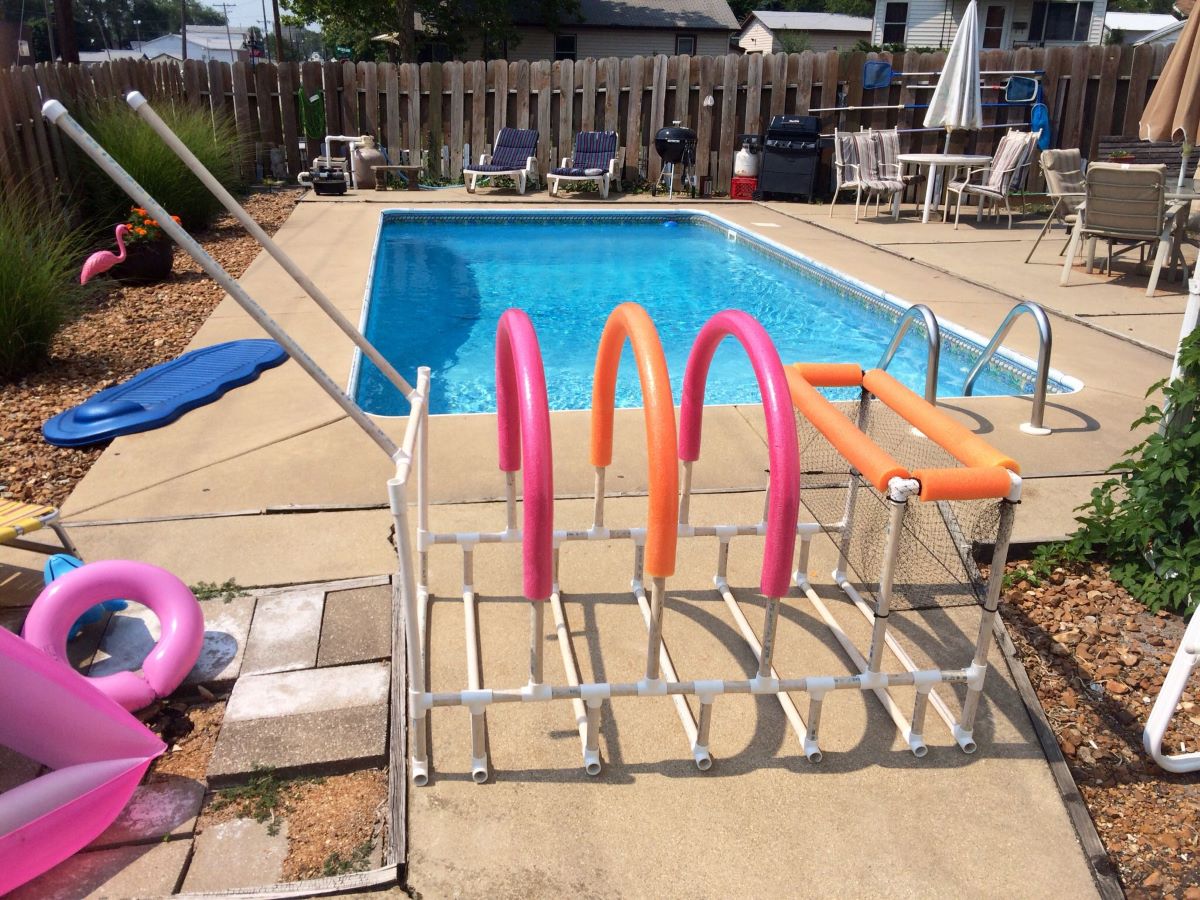
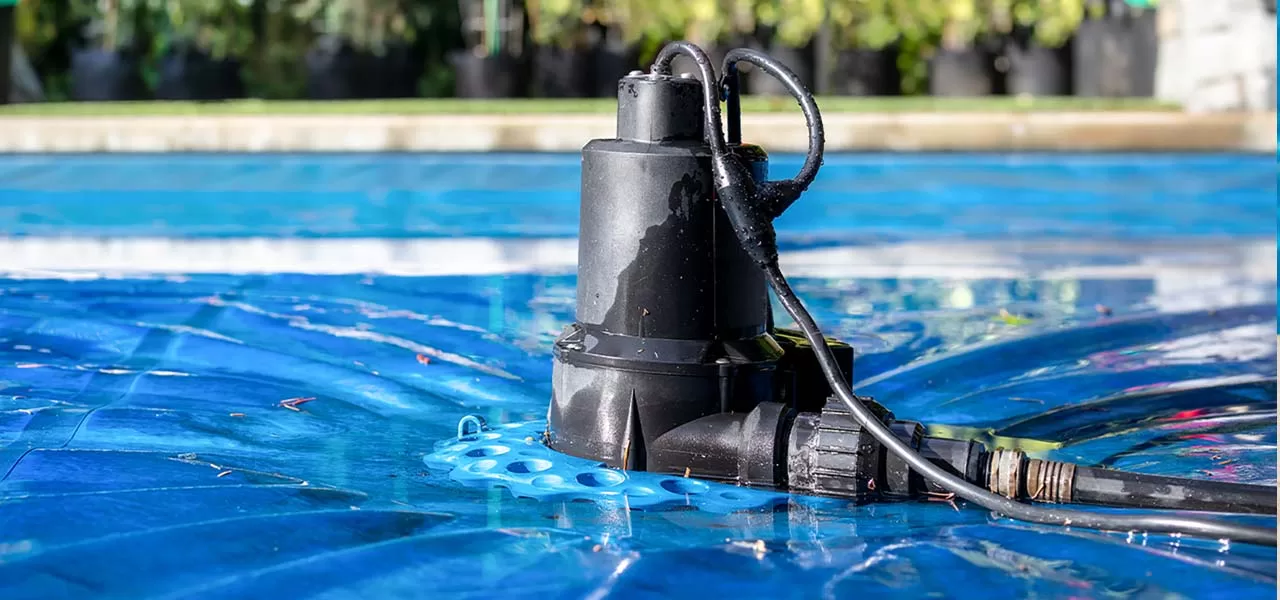

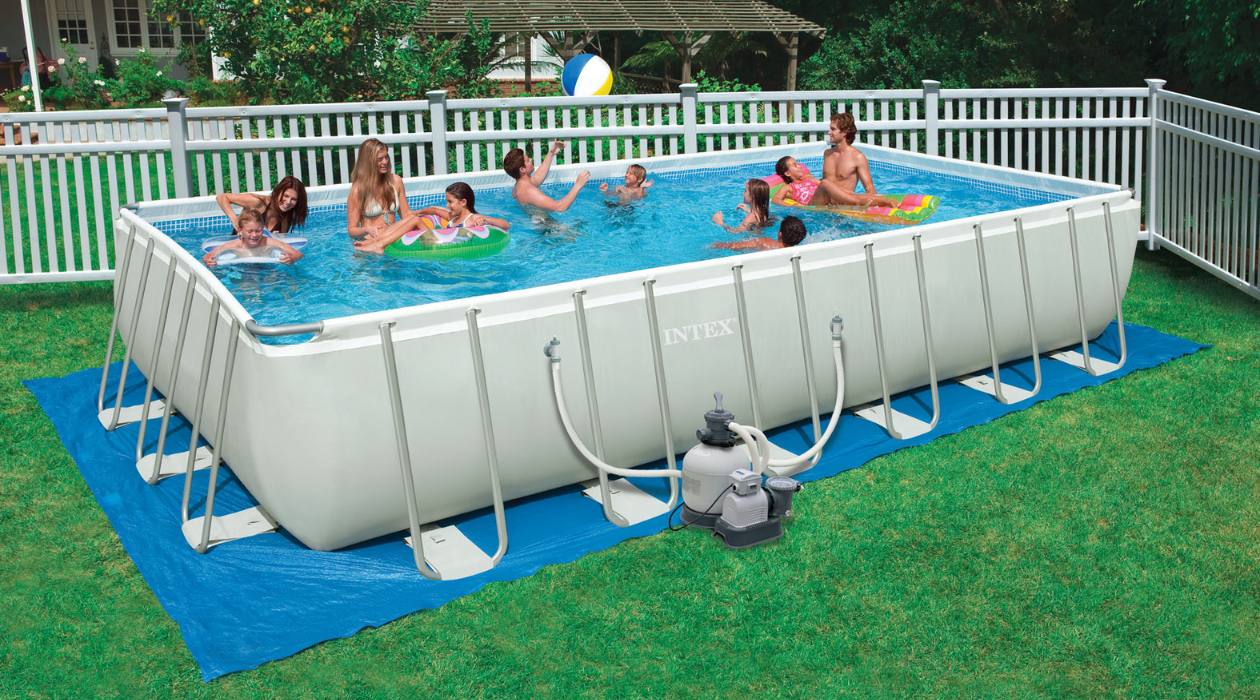
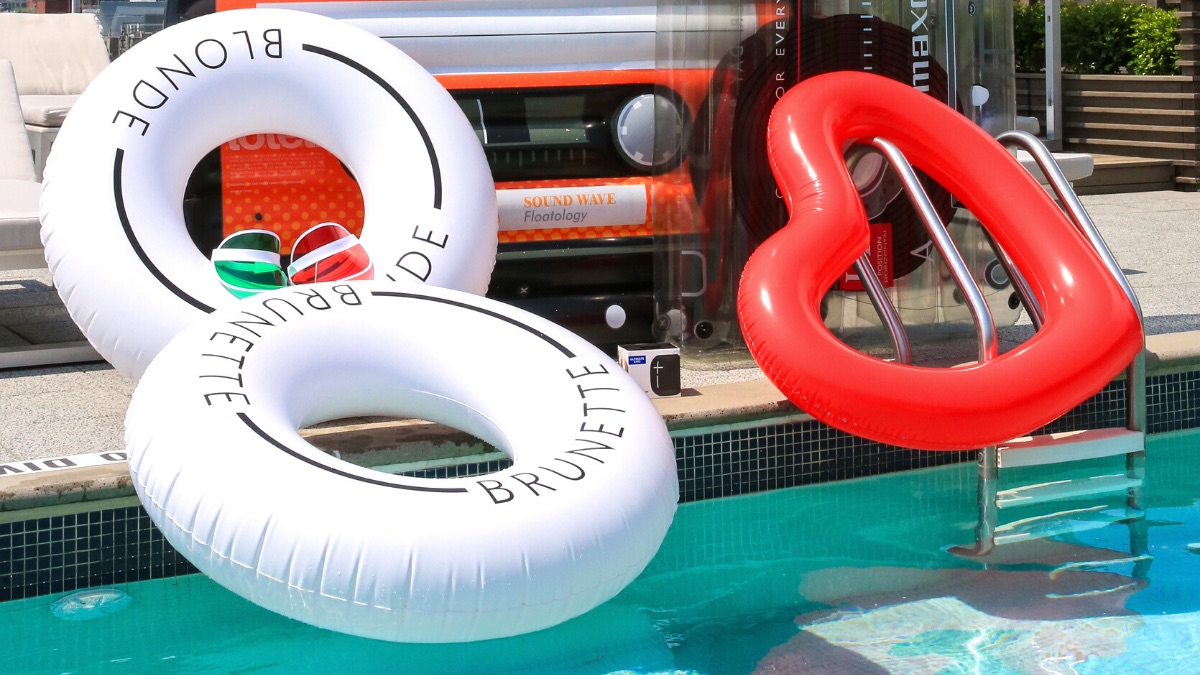
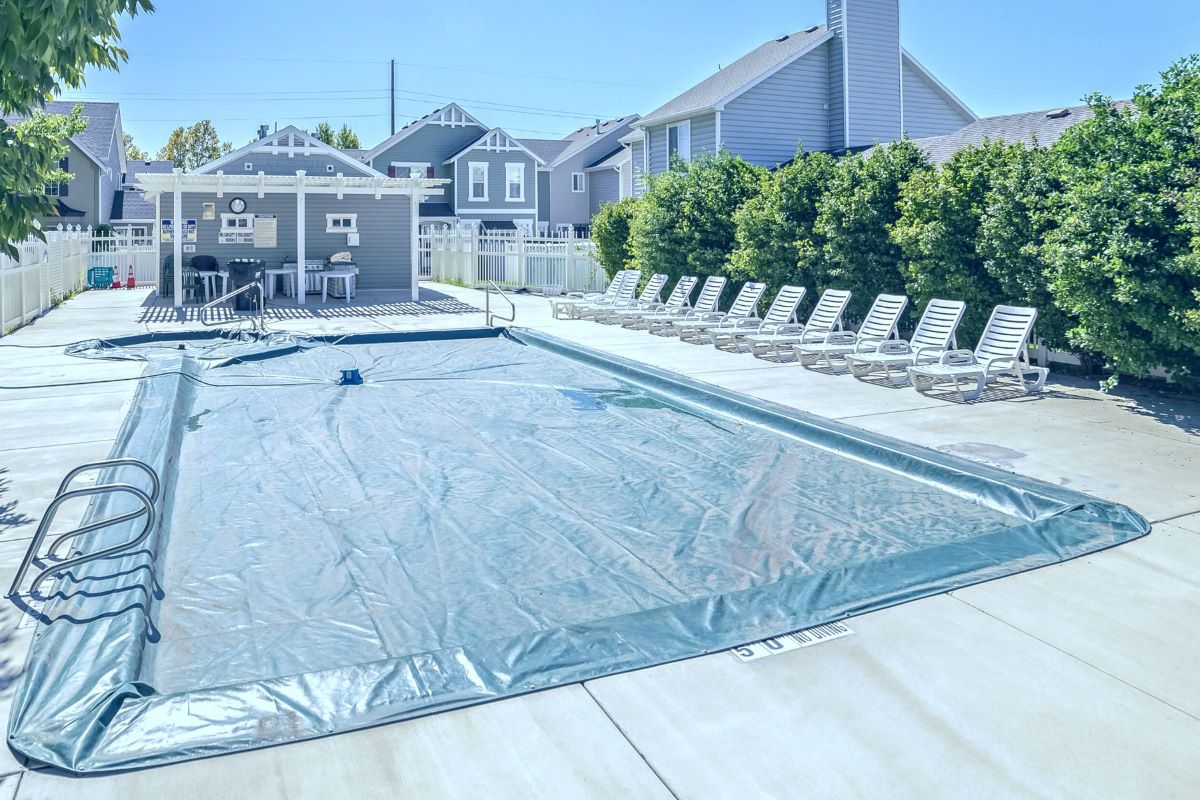

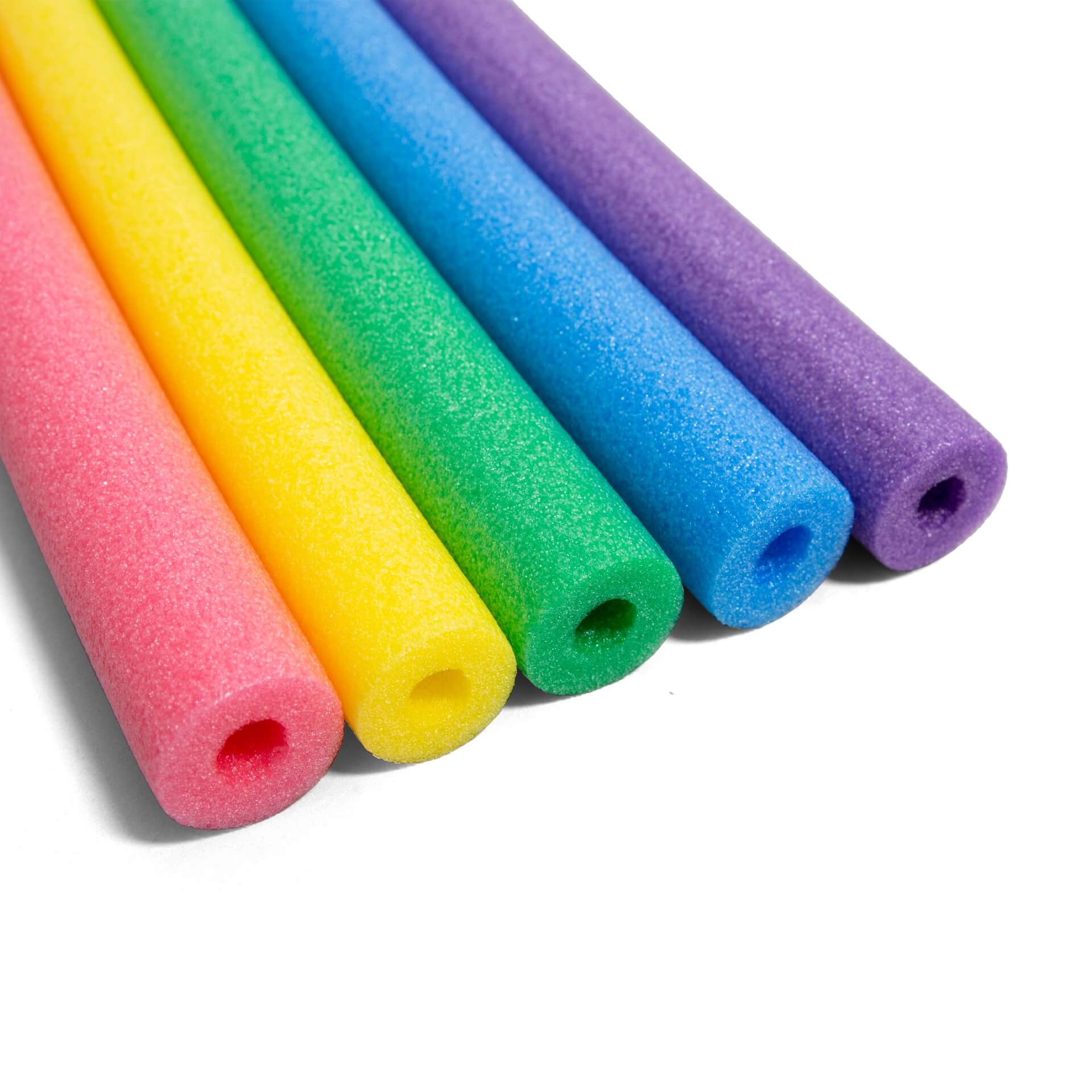
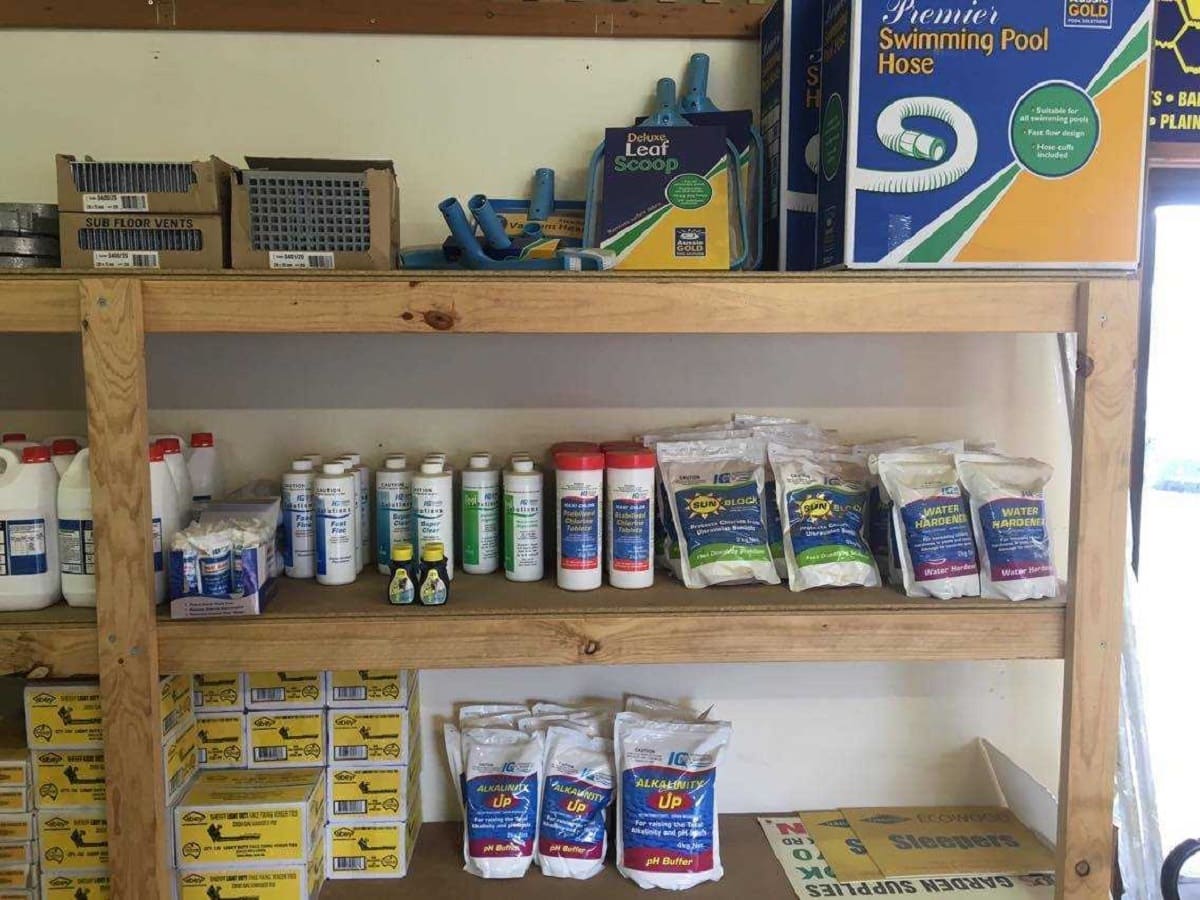
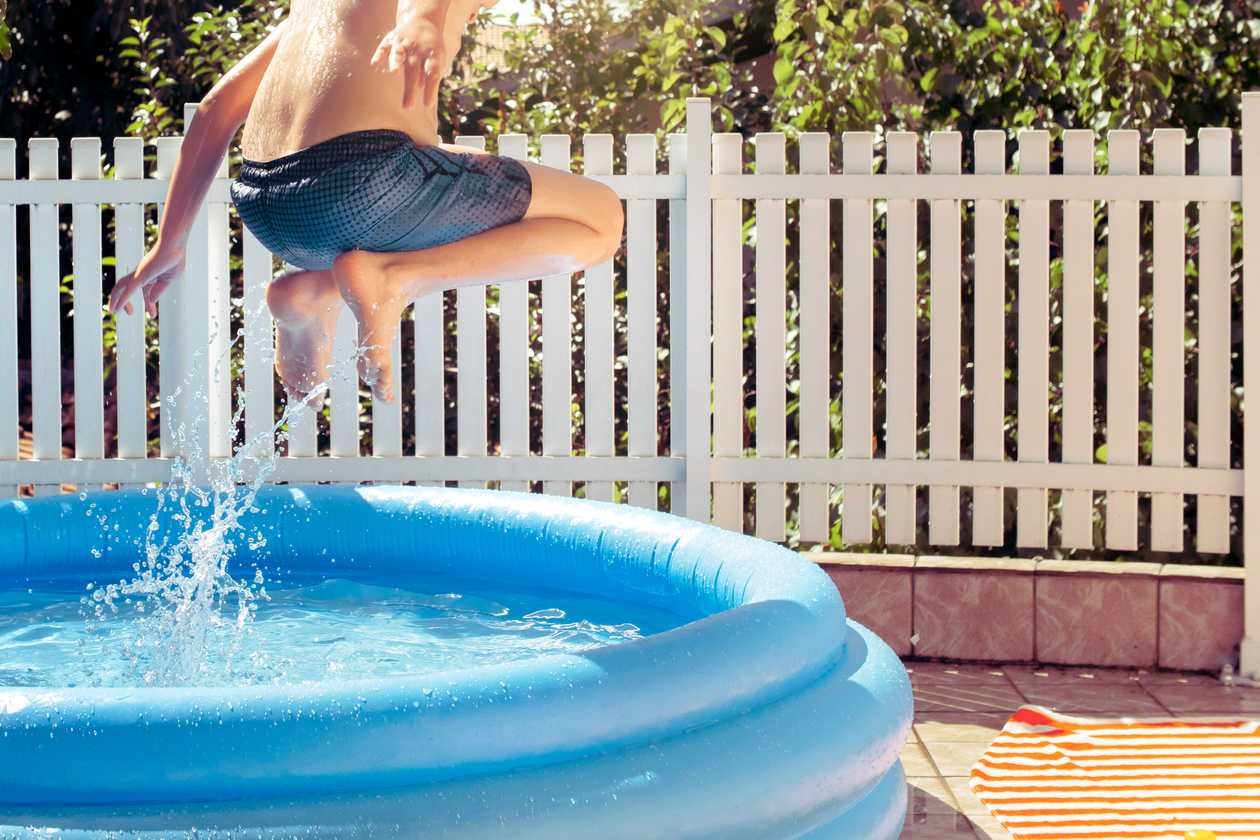
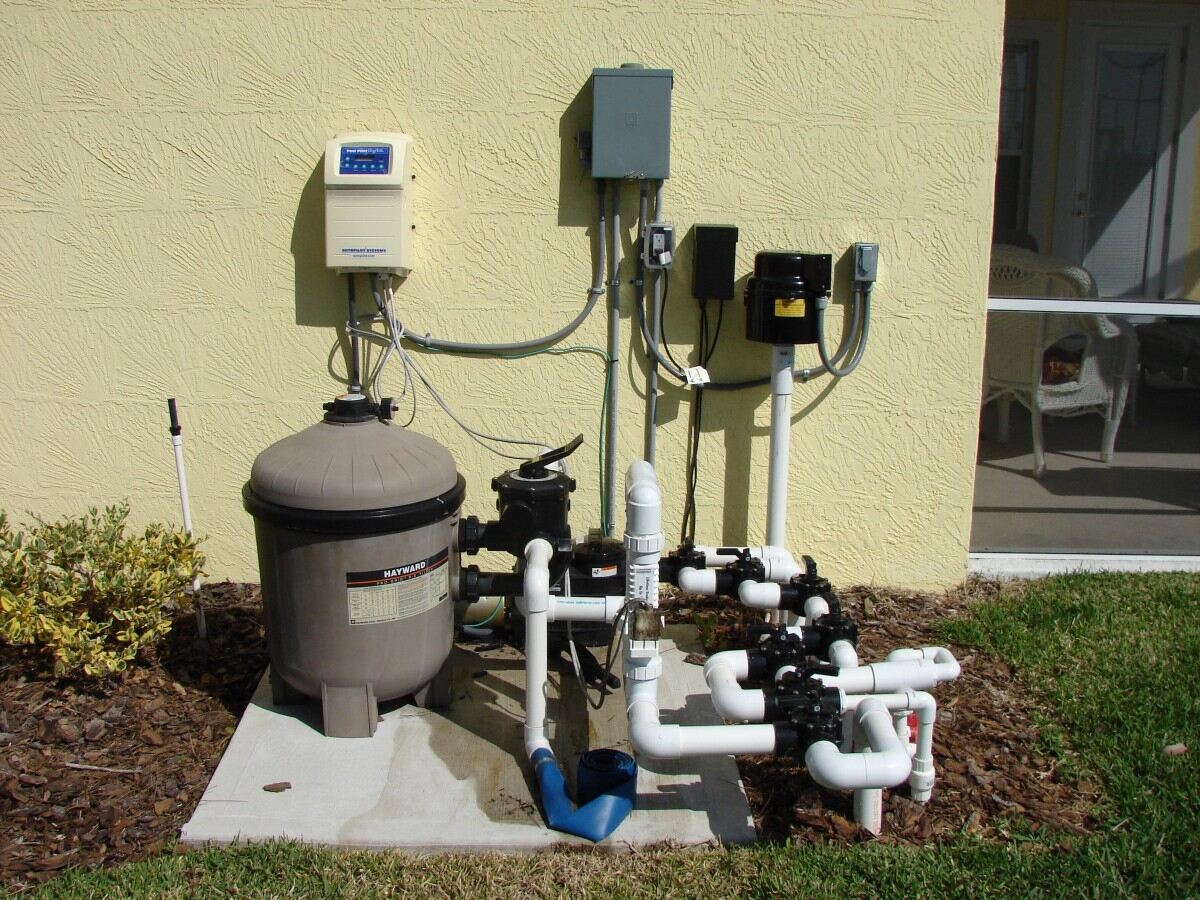
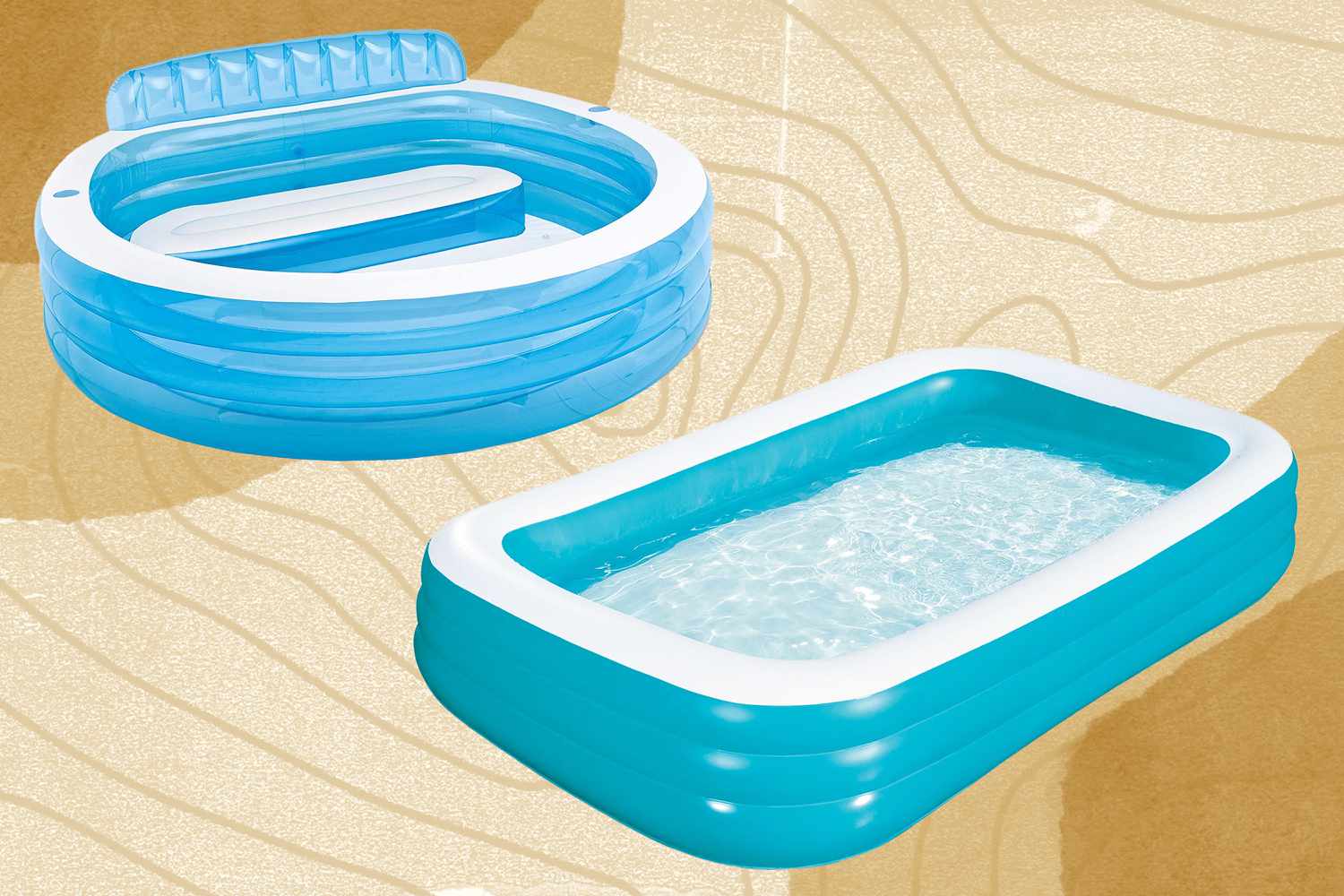
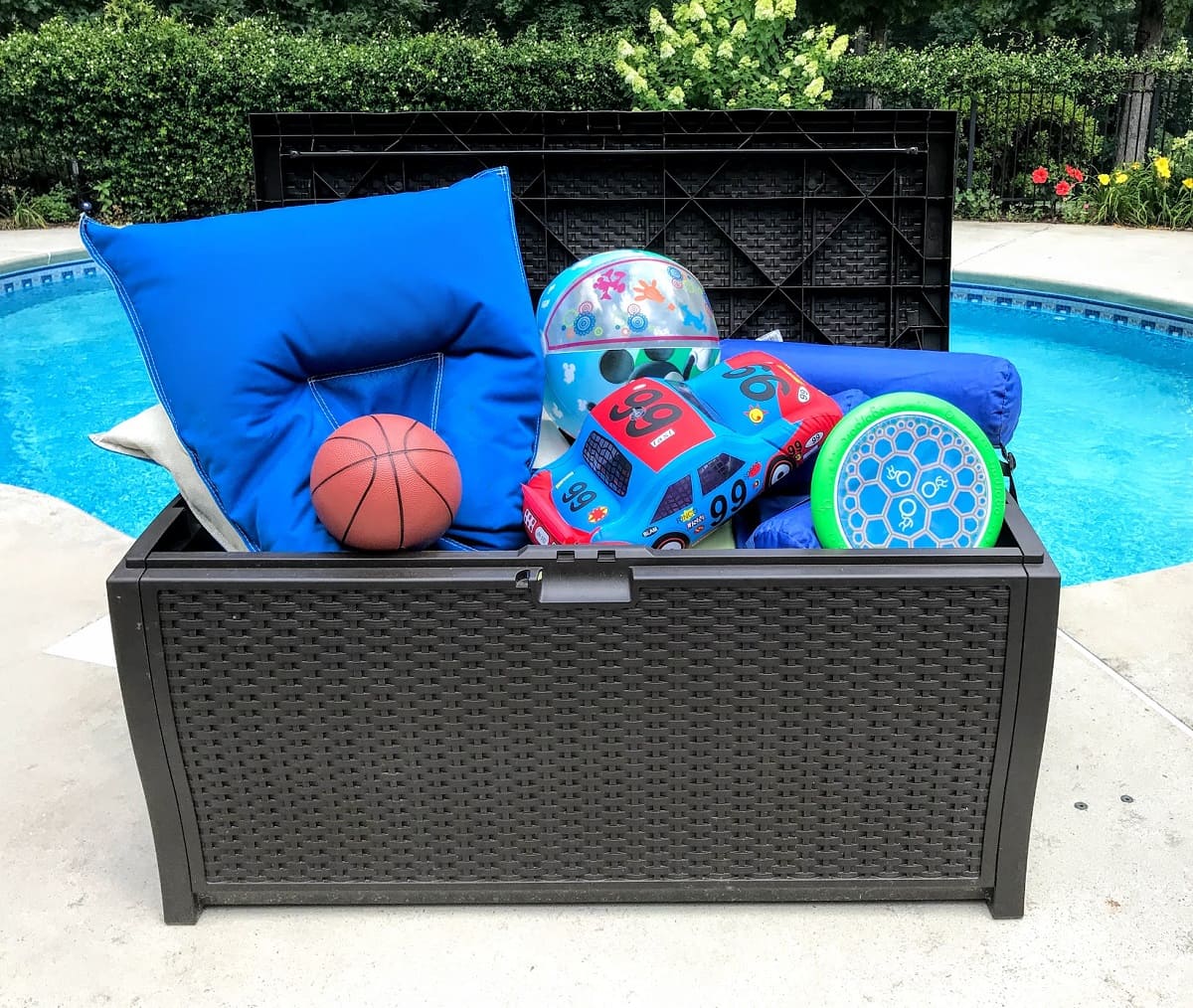

0 thoughts on “How To Store A Pool Cover”